
A Horticultural Adventure through the West: Northern California

Contributor
- Topics: Inspired Gardens and Design
Traveling for the sake of traveling is fun, but traveling with a purpose becomes an adventure.

My adventure, completed in the waning summer months of August and September 2020 through Northern California, Oregon, and Idaho, was my attempt to explore as many gardens and locations of botanical interest as possible. I strolled collections and discussed conservation, cultivars, and pruning techniques with garden curators. I found natural beauty on the California coastline, in the mountains of the Trinity Alps, and through the high desert of Eastern Oregon. In what was perhaps a foolhardy undertaking, given the pandemic and fire season, I (unsurprisingly) battled smoke and closures, but still was able to visit 16 gardens and nurseries whose diversity, design, and history have inspired me and further ignited my passion for all things and people horticulture.
What follows is my horticultural itinerary with brief descriptions of each stop. Between these listed gardens, I fawned over flora at campgrounds, backcountry trails, neighborhood landscapes, and manicured hotel grounds. This itinerary can serve as a roadmap or a nudge to trace your own path through this garden-rich corner of the globe—and beyond.

Stop 1: Quarryhill Botanical Garden

Sonoma Valley is famous as one of California’s premier wine producing regions; a collection of rare and endangered plants from East Asia is not what one would expect to find there. Yet right off of the Sonoma Highway, on a former rock quarry is Quarryhill Botanical Garden. Since 1990, the rocky site has been planted with wild-collected, seed-grown plants sourced from expeditions into the forests of China, Japan, India, Nepal, and Myanmar. Though all began as seedlings, the garden today has a mature canopy of Magnolia, Acer, Cercidiphyllum, and Stewartia, and an understory plush with exotic relatives of many of the commonly grown landscape plants we have adopted and hybridized. Along curving paths Rosa, Camellia, Cotoneaster, Kolkwitzia, Chaenomeles, and Osmanthus display a vibrant variety of colorful blooms and fruits over the seasons. Though mostly an enchanting woodland experience, the garden also features small ponds and sweeping views of the picturesque valley.
Stop 2: Cornerstone Sonoma
https://www.cornerstonesonoma.com/

If botanical gardens are akin to natural history museums, then the gardens at Cornerstone Sonoma are akin to a contemporary art museum. Landscape designers locally and from around the world have created a series of gardens that incorporate sculptures and structures into the plantings to engage visitors both visually and intellectually. The themes of the gardens hone in on local history and culture, such as Immigrant Tribute, dedicated to the Mexican workforce that makes Sonoma thrive, or Eucalyptus Soliloquy, utilizing the prevalent non-native trees found in the region. Adjacent to the gardens is Sunset’s Test Kitchen and Garden that features a gorgeous edible garden, orchard, and plants from the Sunset Western Garden Collection. The site is also home to several boutiques and opportunities to wine, dine, and picnic, so a short visit can easily be stretched into a few hours if desired.
Stop 3: Hidden Forest (formerly Sonoma Horticultural Nursery)

This expansive property is a mixture of nursery, public garden, and wild woodland. The plantings focus on shade plants that thrive in the understory of California’s largest collection of dawn redwoods (Metasequoia glyptostroboides). It is also one of only three California nurseries specializing in growing rhododendrons. Beyond and between the sale areas are meandering, root-lifted pathways beneath an assortment of exotic trees and hundreds of mature rhododendrons, including many species. For a botanist accustomed to wandering California’s redwood-shaded trails populated solely by native ferns, shrubs, perennials, and bulbs, the experience at Hidden Forest is akin to walking into an entirely new ecosystem. Chilean Ercilla vines wind up familiar redwoods (Sequoia sempervirens), Chinese swamp cypress (Glyptostrobus pensilis) emerge from the bog, and a careful eye will notice jewelled chain fern (Woodwardia unigemmata) among the native California chain ferns (W. fimbriata). This is a great location for a mellow afternoon outing or a field trip for children. If you want to “nerd out” on plants (many planted specimens are not labeled), look for resident horticulturists Mike Boss or Bob Hornback to share some history and point out some of the property’s many hidden treasures.
Stop 4: Luther Burbank Experimental Farm

Formerly the test farm of renowned plant breeder Luther Burbank, the property is now a City of Sebastopol park open to the public every day of the year. Luther Burbank dedicated his life’s work to developing improved varieties of fruits, vegetables, and ornamentals, and many of his creations, such as the russet potato and Shasta daisy, are widely known and grown today. A very dedicated group of Western Sonoma County Historical Society volunteers, led by horticulturist Jamie Self, maintain the collection of both familiar and unusual fruiting trees and vines as well as an ornamental display garden around Burbank’s cottage. Visiting in spring you’ll find a spectacle of blooms, and in fall visitors are welcome to sample any “grounder” fruits—but be warned, not all trees were necessarily Burbank’s top picks! Tours can be arranged in advance, or pick up a self-guided tour pamphlet. The three-and-a-half-acre property can be viewed in about an hour.
Stop 5: Occidental Arts & Ecology Center (OAEC)

If you like eating your way through a garden or forest, Occidental Arts & Ecology Center is a mandatory stop. The 80-acre property is a hub for ecological and social justice training using both the organically cultivated garden and ecologically managed wildlands as activist stage and inclusive classroom. In the nursery, managed by Doug Gosling, you will find a well-curated and exotic collection of perennial plants that are of culinary or medicinal use, attract pollinators, or hold some other utilitarian purpose such as creating natural dyes or for traditional ceremonial use. Pepper fanatics will have plenty to fanaticize over, or wander to the section of ayurvedic medicinals where you’ll find ashwagandha, turmeric, and boswellia. The gardens and orchards, supporting the mission of the organization, exemplify a holistic approach to farming. With colorful and fragrant perennials, companion plants, and pollinator magnets between the seed-grown varieties of heirloom vegetables and ancient grains, the farm is a library of horticultural achievements from around the world.
Visiting OAEC requires advance planning. The nursery is open seasonally on weekends only and welcomes drop-in visitors and shoppers. Free public tours of the gardens and trails are offered every other Sunday in spring and summer, or you may schedule a paid private tour. If you’re keen to get your hands in the rich, permaculture-built soils, you can also come to a Wednesday volunteer day where a complimentary meal, cooked with ingredients from the garden, is provided.
Stop 6: Mendocino Coast Botanical Gardens (MCBG)
https://www.gardenbythesea.org/

Not many botanical gardens can boast oceanfront property, and Mendocino Coast Botanical Gardens takes full advantage of this prime coastal real estate. The temperate “Goldilocks” climate and sandy soils of Northern California’s coastline allow for magnificent year-round displays. If it’s flowers you’re after, visit in spring when the towering rhododendrons, MCBG’s most famous collection, produce their colorful and fragrant blooms. In winter, it’s camellias and magnolias by day and a festival of lights by night. In the vibrant and quirky perennial garden, dahlias and heathers extend the bloom season well into late summer and fall. Begonias, fuchsias, succulents, conifers, mushrooms, the list goes on—there’s plenty to marvel at. Beyond the curated collections, the paths thread through a charming wooden gate onto a nature trail that leads out to the open bluffs. Expect to be awed by a breathtaking view of the deep blue Pacific Ocean colliding in bursts of white seafoam with rugged coastline. After wandering the bluff trails, be sure to explore the working farm. Children are encouraged to explore and taste the organic produce and fruit planted between a myriad of colorful pollinator plants.
Stop 7: Humboldt Botanical Gardens

Nestled against an iconic horizon of redwoods (Sequoia sempervirens), Humboldt Botanical Gardens encompasses 44.5 acres of nature trails, woodlands, and a diverse and growing collection of perennials, California natives, roses, and heathers. Visitors are greeted by a rainbow glow emanating from the perennial terrace. The contemporary stormwater-fed runnel leads you to the native garden. This unirrigated, open site houses numerous plants endemic to the California Floristic Province including buckwheats (Eriogonum), California lilacs (Ceanothus), and an impressive 48 species and cultivars of manzanitas (Arctostaphylos). Though planted for botanical and educational purposes, the sole gardener and collection manager Mark Moore has created a garden that reads as an exquisitely designed display, with textural grasses and seed-heads poking through undulating mounds in varying textures and shades of green or gray. The same holds true in the Moss Family Temperate Woodland Garden, which features a number of notoriously difficult to grow rhododendrons and a once believed to be extinct Wollemi pine (Wollemia nobilis). Meander uphill on any of the property’s trails to reach the interactive All Happy Now earth sculpture and south facing views of College of the Redwoods, Humboldt Bay National Wildlife Refuge, and Table Bluff. Visible in the far distance is Bear River Ridge and the beginning of California’s Lost Coast.
In the second part of my adventure, I’ll cross the border into Oregon, where more rainfall provides a mecca of growing grounds, gardens, and unique plant collections. The tour ends in Idaho for a taste of gardening in the rugged mountain west.
Traveler’s Note: Consider purchasing a membership at your local public garden or with the American Horticultural Society. Through the AHS Reciprocal Admissions Program, members can get free admission to participating gardens throughout North America with a single membership. https://ahsgardening.org/gardening-programs/rap/
Suggested Reading:
Donald Olson’s The California Garden Tour
Michael Sullivan’s The Trees of San Francisco
Matt Ritter’s A Californian’s Guide to the Trees Among Us
Share:
Social Media
Garden Futurist Podcast
Most Popular
Videos
Topics
Related Posts
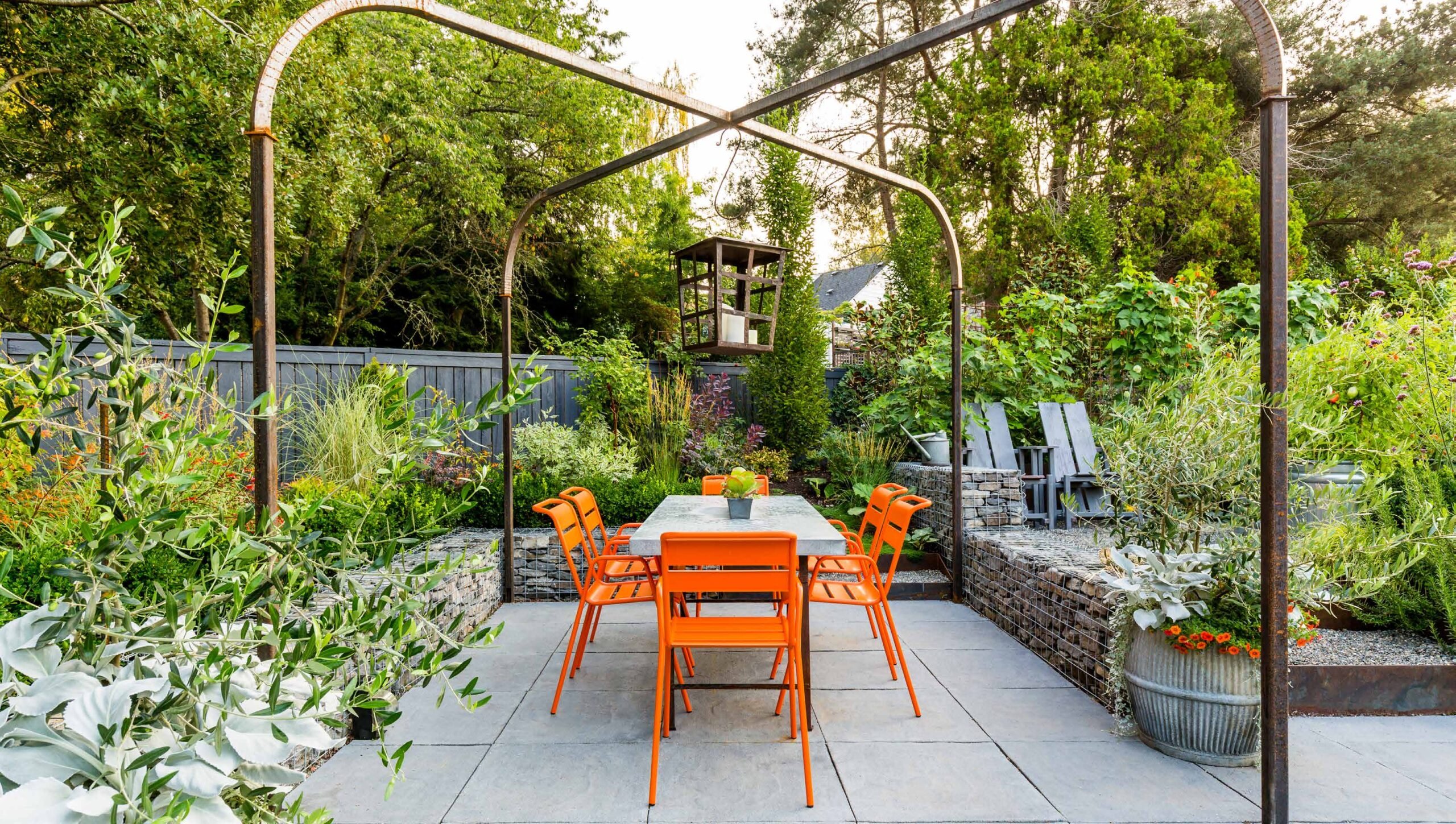
Design Futurist Award Announced: Committee Shares Vision
March 8, 2023 At Pacific Horticulture, we believe that beauty can be defined not only by gorgeous plants and design, but also by how gardens
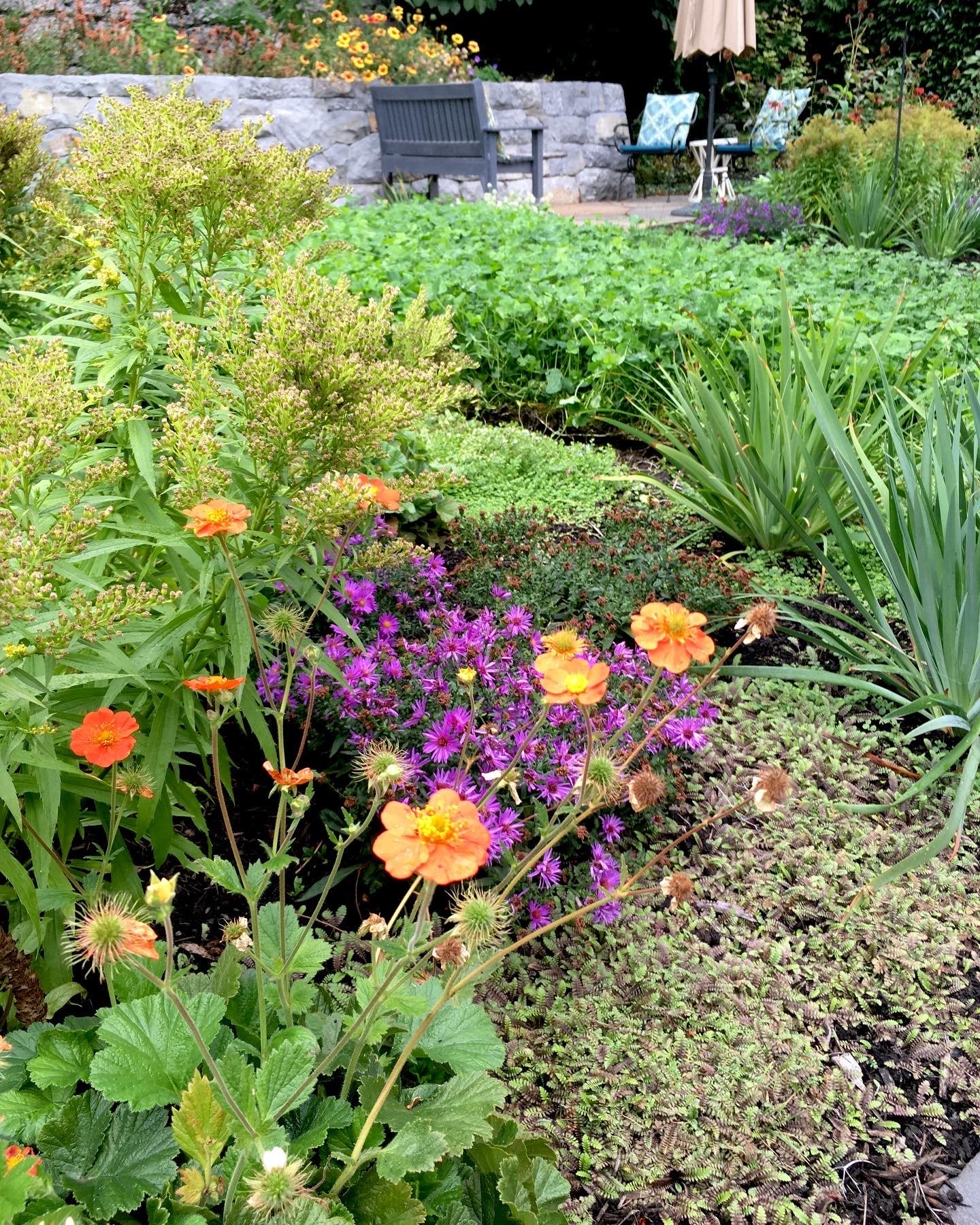
Nature Therapy from the Contemplative Garden
Winter 2022 Women’s hushed morning voices mingled with crashing waves and chattering crows. “The kettle’s still hot.” “Can you pass the honey?” Whoosh, crash, caw,

Portland Parks’ “Nature Patches”
Winter 2022 Nature is so beautiful when left to its own devices, yet crisply manicured lawns remain a status symbol. This is true in Portland,
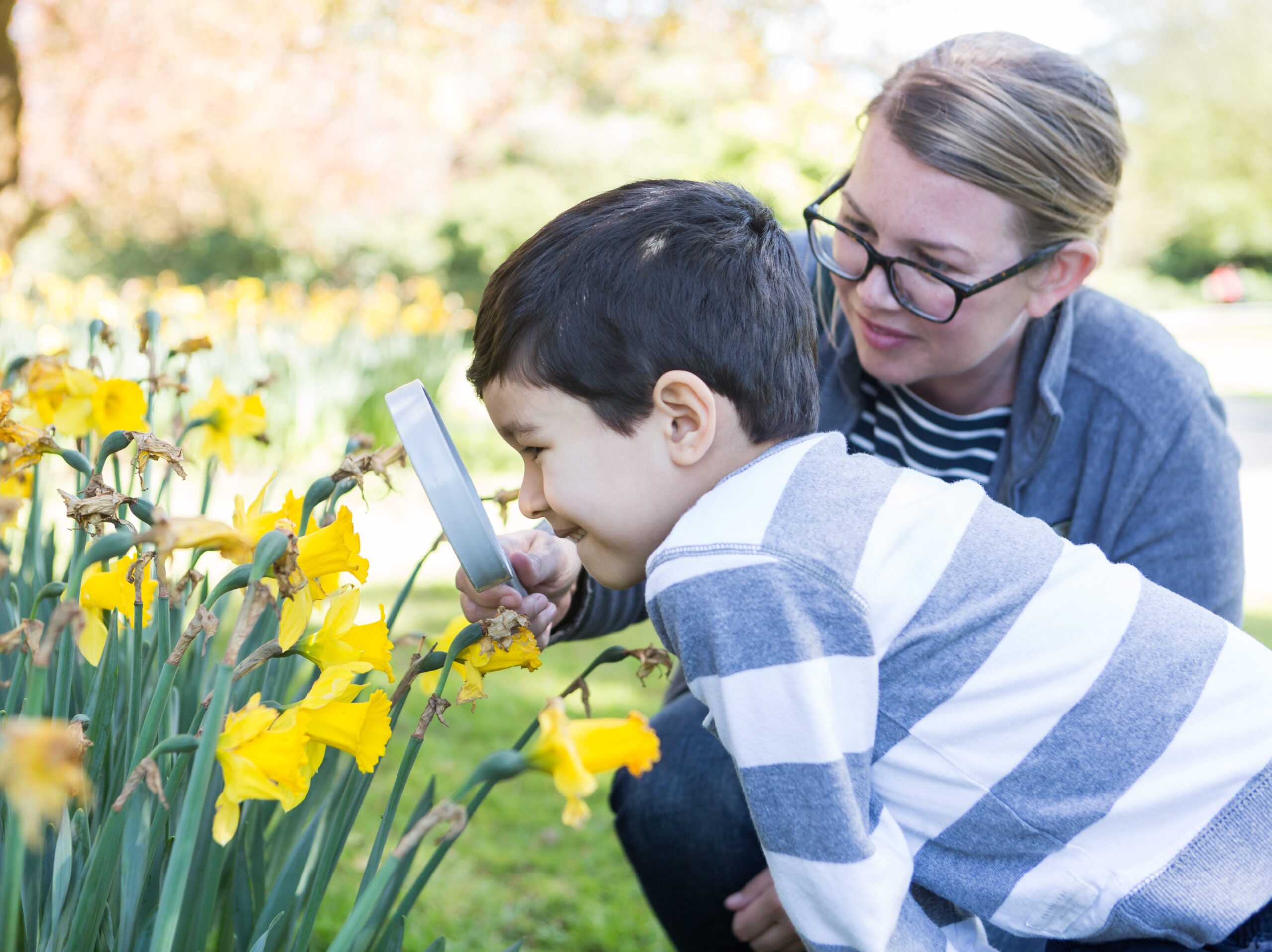
January Showers Bring February flowers…
Fall 2022 It may not quite have the same ring to it as the old English proverb, but it has a lot more truth to


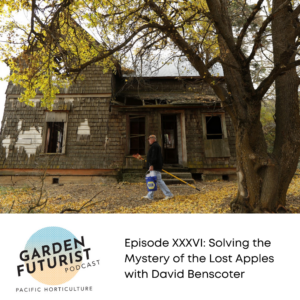
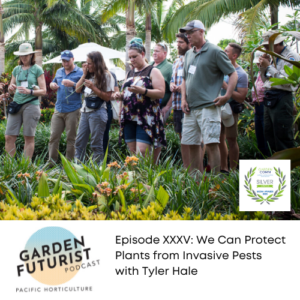
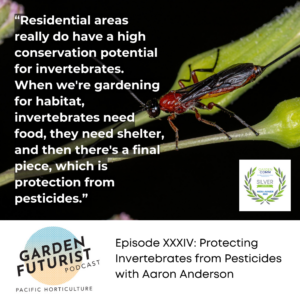

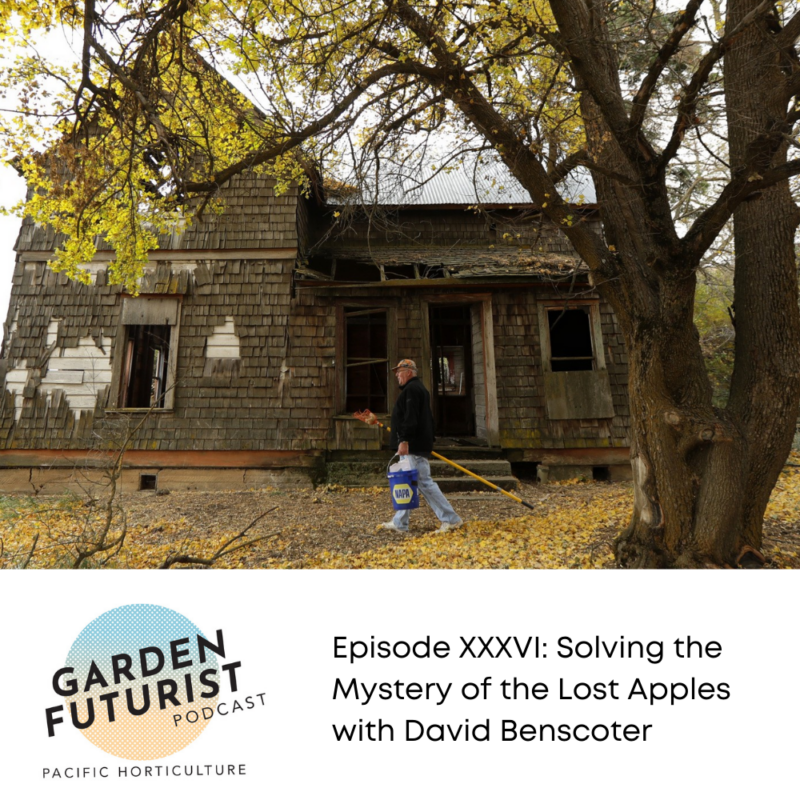
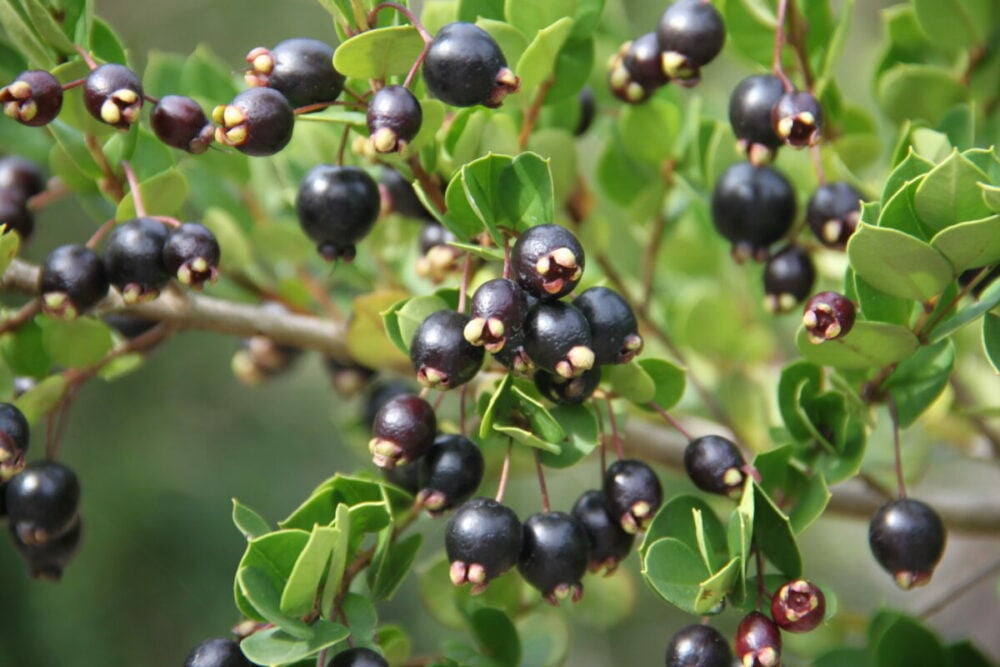



Responses